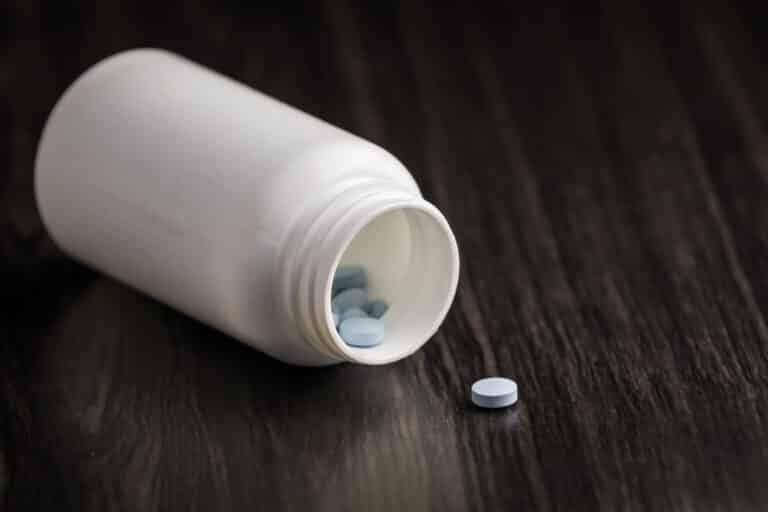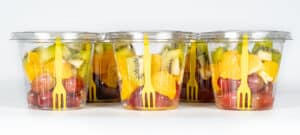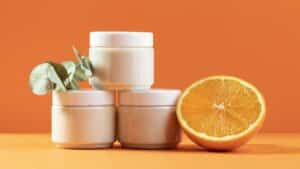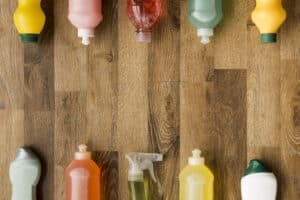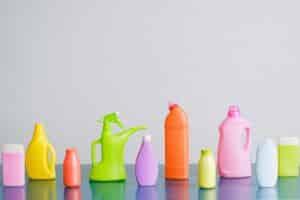Are you in the market for empty prescription pill bottles? Look no further! We have a wide selection of high-quality pill containers available for sale. Whether you run a pharmacy, or medical facility, or need pill containers for personal use, we have the perfect options. In this comprehensive guide, we’ll cover everything you need to know about empty prescription pill bottles and why they are essential for storing and organizing medications.
Table of contents
The Importance of Pill Bottles
Empty prescription pill bottles play a crucial role in preserving the integrity of medications. They provide a safe and secure storage environment for pills, protecting them from external contaminants such as moisture, air, and light. Additionally, pill bottles help keep medications organized and easily accessible, making it convenient for users to take their prescribed medications on time.

Types of Pill Bottles
When it comes to empty prescription pill bottles, you have several options. Here are the most common types of pill bottles available:
- Amber pill bottles: These are made of amber-colored plastic, which offers excellent protection against light. They are ideal for medications that are sensitive to UV light exposure.
- Clear pill bottles: These containers allow for easy visibility of the medications inside. They are commonly used for over-the-counter medications and supplements.
- Child-resistant pill bottles: These containers have child-resistant caps to prevent accidental ingestion by young children. They are required for prescription medications that pose a risk to children if ingested.
- Screw-cap pill bottles: These have a screw-on cap that provides a secure and airtight seal. They are popular for storing and organizing medications in pharmacies and medical facilities.
Factors to Consider When Buying
Before purchasing empty prescription pill bottles, there are a few important factors to consider to ensure you choose the right ones for your needs. Here are some key considerations:
- Size: Determine the appropriate size of bottles based on the amount of medication you need to store. Consider the number of pills and their dimensions to select the appropriate bottle size.
- Material: Choose bottles made of high-quality, food-grade plastic or glass. Plastic bottles are lightweight and cost-effective, while glass bottles offer better protection against light and are more durable.
- Closure Type: Decide on the type of closure that suits your needs. Common options include child-resistant caps, screw-on caps, or flip-top caps.
- Labeling: Look for pill containers that have a flat surface or designated label area to easily affix medication labels. Proper labeling is essential for accurate identification and usage of medications.

Benefits of Buying Empty Pill Bottles Wholesale
Purchasing empty prescription pill bottles wholesale offers numerous advantages for both individuals and businesses. Here are some benefits:
- Safety: These bottles provide a secure and reliable way to store medications, protecting them from moisture, light, and air exposure. This helps to maintain the integrity and effectiveness of the medications, ensuring they remain safe for consumption.
- Organization: These bottles help you stay organized by providing a designated space to store your medications. With clear labeling and easy-to-read instructions, you can easily identify the contents of each bottle and keep track of your medication schedule.
- Convenience: These bottles are highly convenient, allowing you to easily access your medications whenever needed. The screw-top or flip-top caps make it quick and effortless to open and close the bottles, ensuring that you can take your medication on time.
- Portability: The compact size of the bottles makes them highly portable. Whether you’re traveling, going to work, or running errands, you can easily carry your medications with you without taking up much space or adding extra weight to your bag.
- Child safety: Child-resistant bottles play a crucial role in preventing accidental ingestion by young children. The specialized caps require a specific series of movements to open, making it challenging for children to access the medications. This added safety feature provides peace of mind for households with little ones.
With these benefits in mind, it’s clear that pill containers provide a reliable and convenient solution for storing and organizing medications. Whether you’re a healthcare professional or an individual managing your own medication regimen, using pill bottles can help ensure the safety, effectiveness, and accessibility of your medications.
Conclusion
In conclusion, pill bottles are a crucial component in medication storage and organization. These small containers offer a range of benefits, including safety, organization, convenience, and portability. With their secure and reliable design, pill bottles protect medications from moisture, light, and air exposure, ensuring their effectiveness and integrity. The clear labeling and easy-to-read instructions on pill bottles help users stay organized and keep track of their medication schedule.
The convenient and portable nature of these bottles allows users to easily access their medications on the go. Overall, pill bottles are an essential tool for anyone who needs to store and organize their medications effectively.
FAQs
1. Why are pill bottles clear?
Pill bottles are clear to allow for easy identification and visual inspection of the medication inside. Clear or translucent plastic allows patients, healthcare professionals, and pharmacists to see the color, shape, and quantity of the pills without having to open the bottle. This visual clarity helps prevent errors in medication management and enhances safety. Additionally, clear pill containers may also allow patients to monitor the remaining quantity of their medication.
2. Why are pill bottles colored?
Colored pill containers serve various purposes, primarily related to protecting medications from light and maintaining their stability. Amber or other dark-colored plastic provides protection against light exposure, particularly ultraviolet (UV) light. Light-sensitive medications can degrade when exposed to light, leading to a reduction in potency or effectiveness.
The dark color of these bottles helps block UV rays, minimizing the risk of light-induced degradation. Medications that are particularly sensitive to light, such as certain antibiotics or antifungal drugs, are commonly packaged in colored pill containers to ensure their stability and potency throughout their shelf life.
3. Why are pill bottles orange?
Orange pill containers, often made of amber-colored plastic, are used for medication packaging due to their ability to protect the contents from light. Amber bottles are particularly effective in blocking ultraviolet (UV) light, which can cause the degradation of light-sensitive medications. The orange or amber color of the bottle acts as a barrier, preventing harmful UV rays from reaching and potentially affecting the stability and potency of the medication inside. This is crucial for medications that are sensitive to light, ensuring that they remain effective and safe for consumption throughout their shelf life. The choice of an orange color is part of a standardized practice in pharmaceutical packaging to address light sensitivity and maintain the quality of medications.
4. What do blue pill bottles mean?
In some cases, blue pill containers may be chosen for their aesthetic appeal, branding, or to distinguish a particular product line. It’s essential to check any labeling or information provided by the pharmacy or healthcare provider to understand the significance of the color in a specific context. The color of the pill bottle itself may not always convey specific information about the medication inside, and additional labeling or instructions should be consulted for accurate details about the medication’s use and administration.

